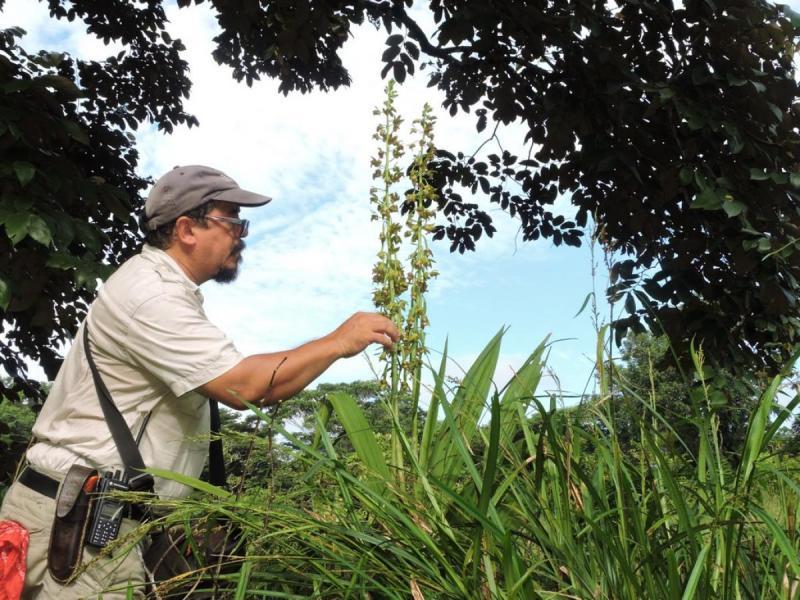Eulophia alta
Also known as: The Erect Eulophia or Platypus papilliferus Platypus altus Paphiopedilum epidendricum Platypus papillifer Xylobium longifolium Cyrtopodium woodfordii Govenia barbata Cypripedium epidendricum Dendrobium longifolium Cyrtopera woodfordii var. pachystelidia Cyrtopera longifolia var. pachystelidia Cyrtopera longifolia Cyrtopera amazonica Cyrtopera longifolia var. amazonica Cyrtopera vellosiana Cyrtopera woodfordii Eulophia alta var. alba Eulophia longifolia var. flavescens Eulophia alta f. pallida Eulophia longifolia Eulophia woodfordii Lissochilus amazonicus Eulophia alta f. flavescens Eulophia longifolia var. amazonica Limodorum altum Eulophia alta f. pelchatii Eulophia alta var. pachystelidia The Wild Coco Orchid in the subfamily: Epidendroideae
Native to: Angola Buenos Aires - Argentina Cameroon Ethiopia Ghana Guatemala Guinea Liberia Mexico Nigeria Panama Paraguay Peru Sudan Uganda Zambia Zimbabwe
General Information
The Erect Eulophia is a cool to warm growing orchid belonging to the sub family Epidendroideae native to Angola, Argentina, Cameroon, Ethiopia, Ghana, Guatemala, Guinea, Liberia, Mexico, Nigeria, Panama, Paraguay, Peru, Sudan, Uganda, Zambia, and Zimbabwe.
Plant Description
Grows to 3-150cm. Each new growth has numerous thick erect, lance shaped, terete shaped leaves that grow to 10-100cm long
Substrate(s)
- Fine
- Bark
- Spaghnum Moss
- Perlite
- Sand
Climate
Grows at low to high elevations. Rainfall ranges from 36mm to 246mm per day, heaviest in September and lightest in December. Humidity ranges from 73% to 79%, highest in August and lowest in March. Temperature ranges from 12C to 33C, highest in August (22C to 33C) and lowest in January (12C to 26C).
Watering
These orchids prefer a wet-dry cycle between waterings, they should be watered frequently but only when the moisture is approaching dryness, where the pot feels light and/or the media looks dry. Keep an eye on mounted orchids in warm weather as they may dehydrate quickly.
Fertiliser
Apply liquid based fertiliser per recommended directions. They can benefit from a high phosphate fertiliser leading up to flowering season, followed by a high nitrogen fertiliser when new growth appears, and a balanced fertiliser in other times. These orchids can also tolerate slow release fertiliser applied 1-2 pellets per cup (250ml) of media.
Use balanced fertiliser during Spring and Summer. Apply fertiliser regularly at half strength year round. Use a high Nitrogen fertiliser during Spring and Summer. Use a high Phosphorous fertiliser during Summer.




















